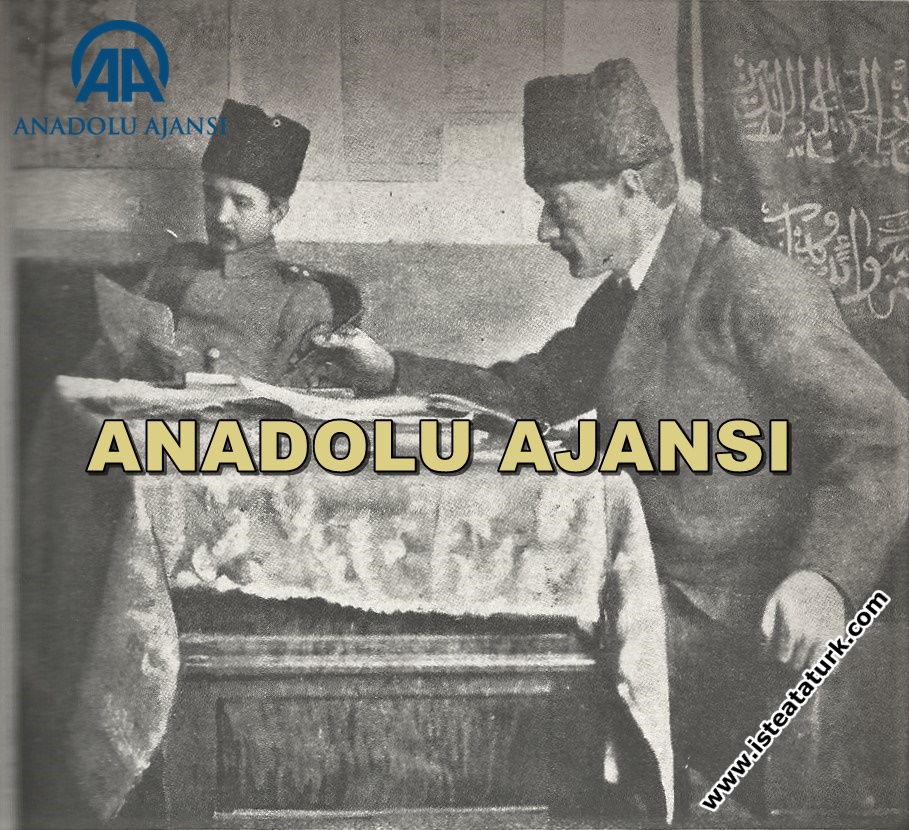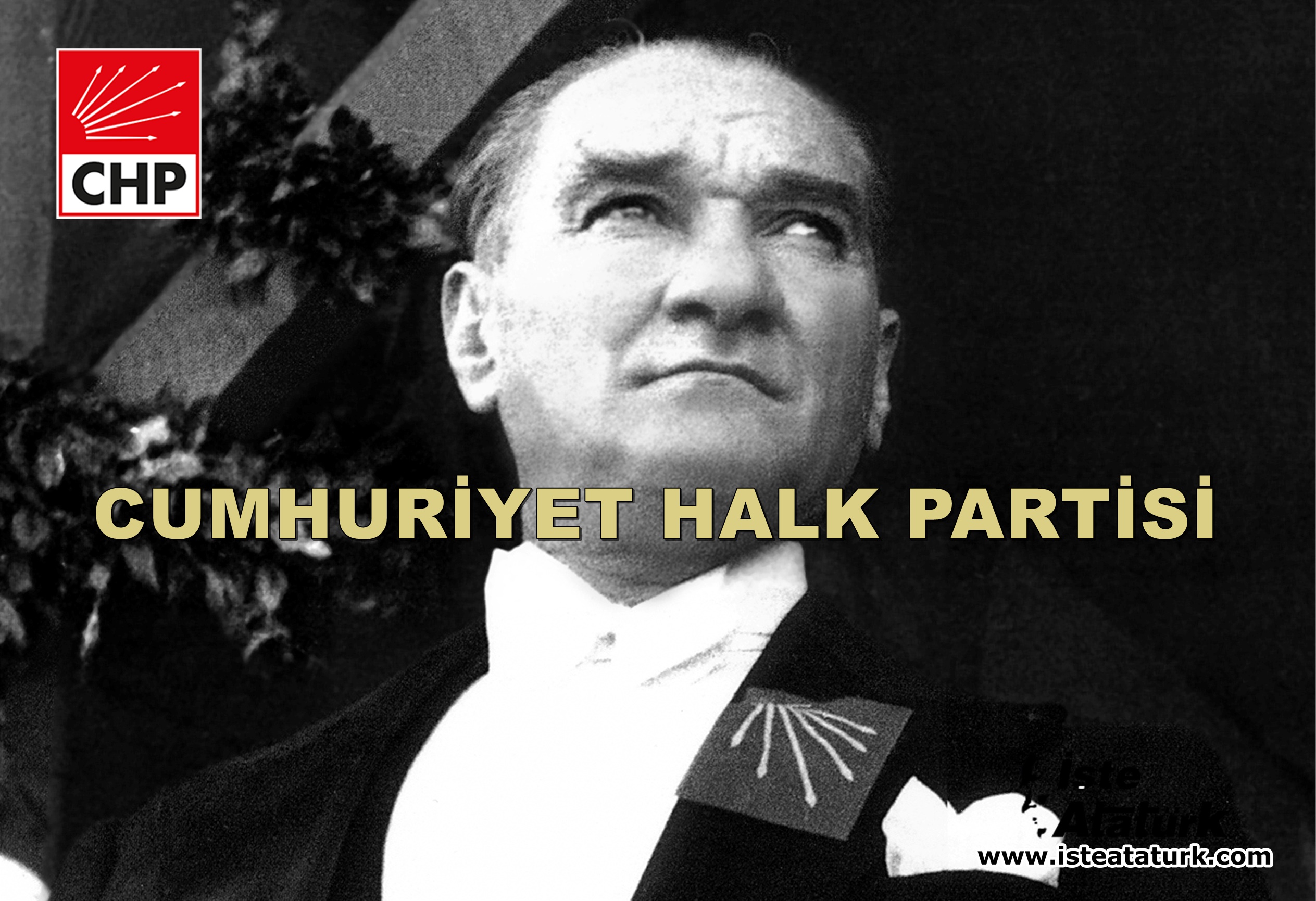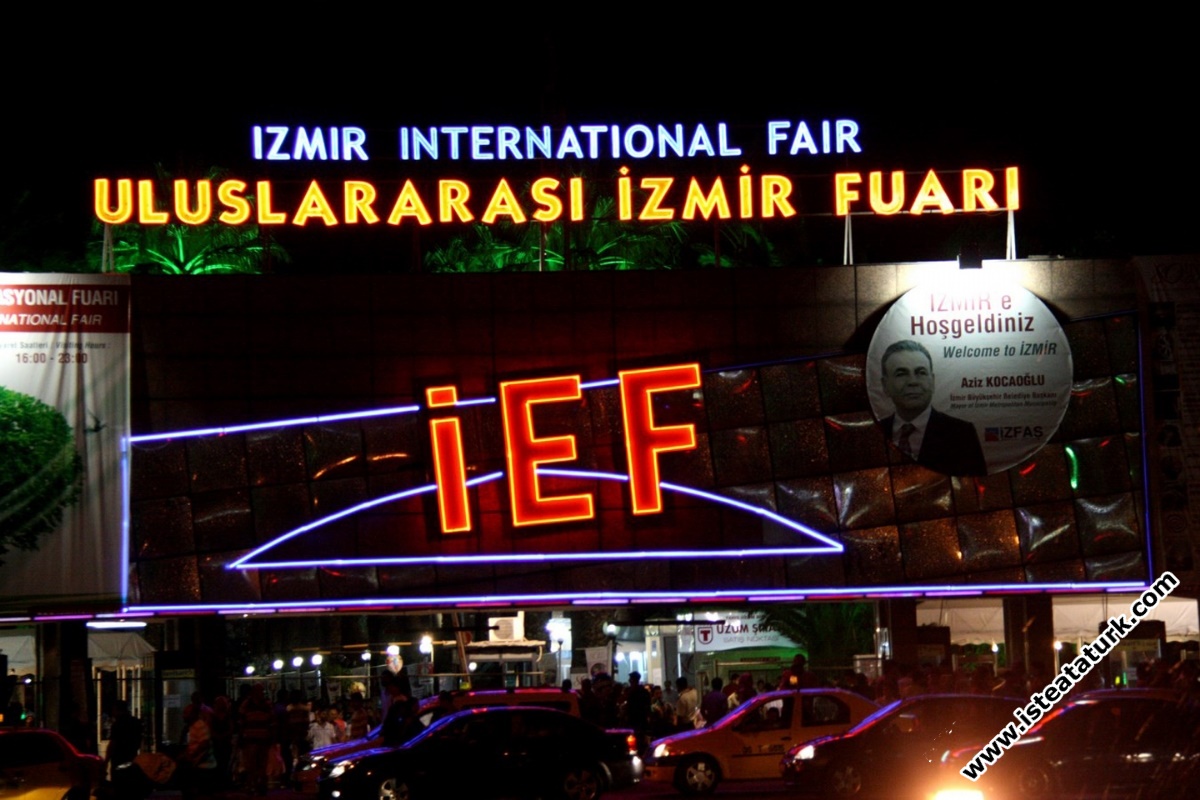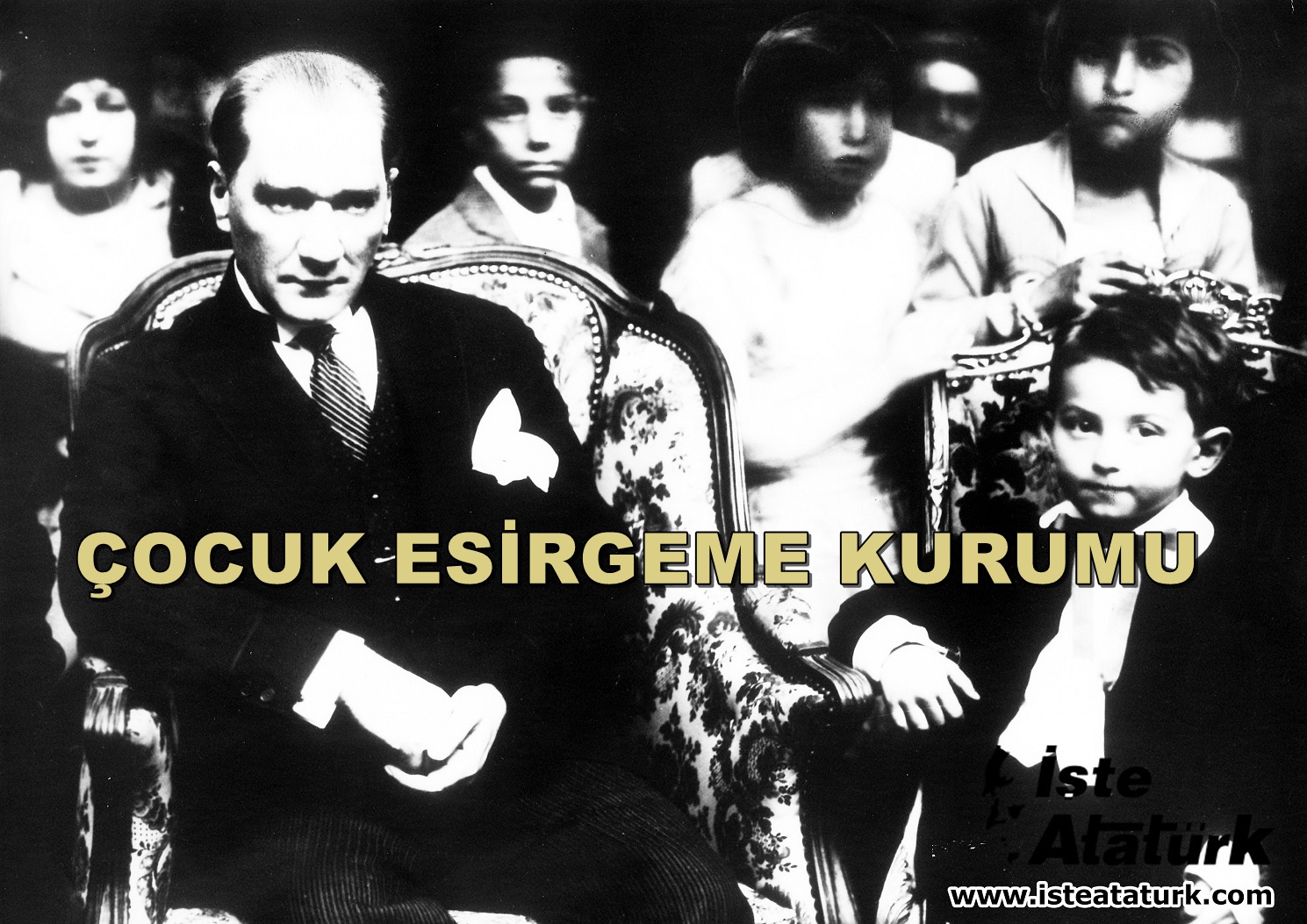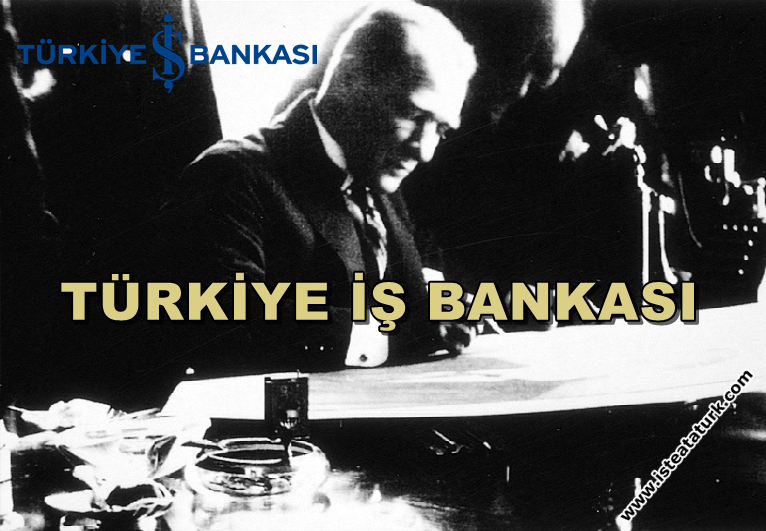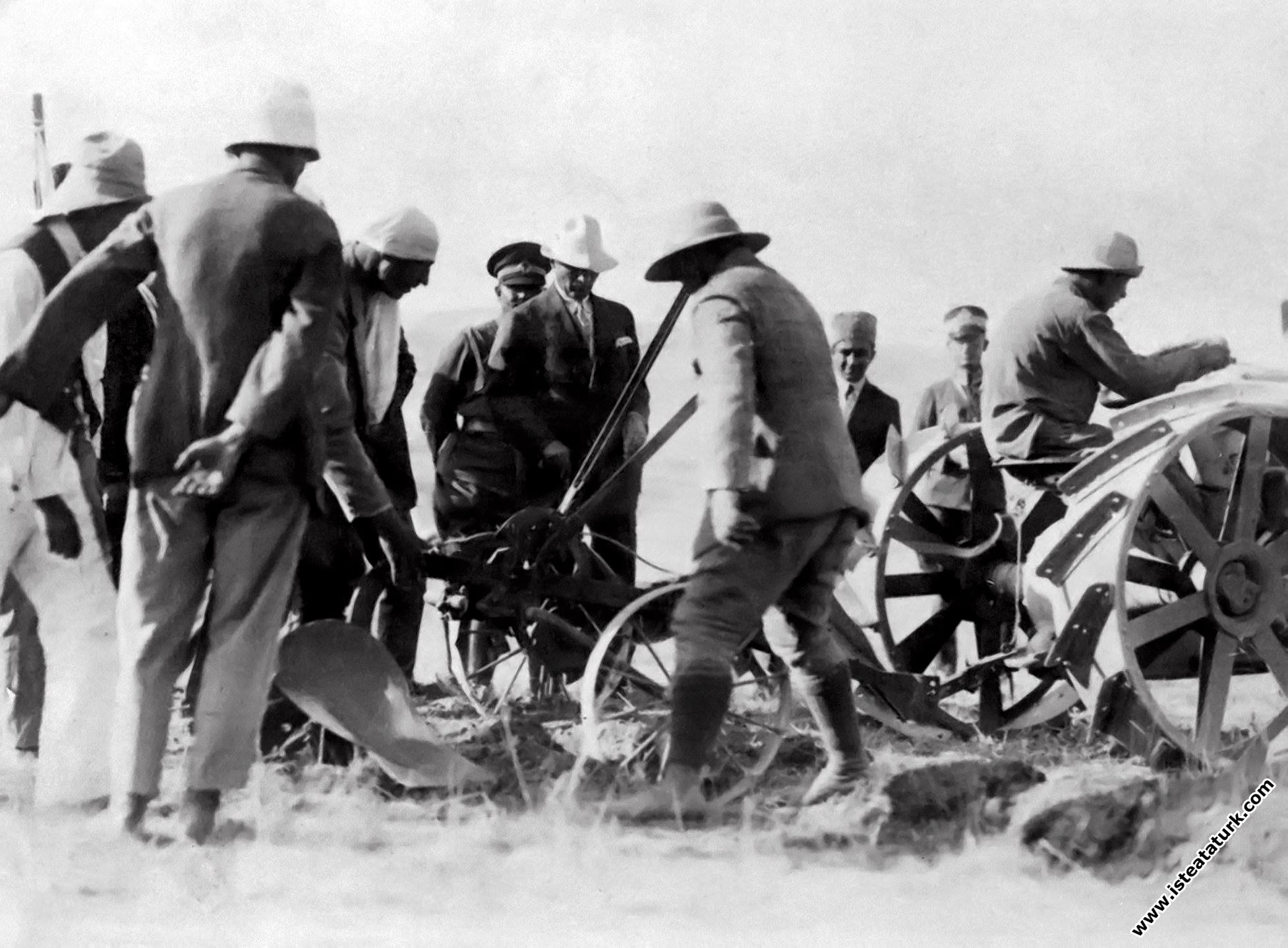
Atatürk's Farms
Character Size
Atatürk's Farms
Atatürk's Farms
Reminding that he is also a farmer, Atatürk puts forward the fact that the land that can support a farmer's family should be indivisible for any reason and for no reason, and states that the solid foundation and development of the homeland is on this basis. He sees the peasant as the true owner and master of Turkey, and to emphasize the importance of his function, he said, "Those who fight with the sword must be defeated by those who fight with the plow." Meanwhile, Atatürk pointed out that the state should use all kinds of techniques and modern technology in all fields of agricultural life and states that it should be an example and guide for the peasants.
As a result of these thoughts and approaches, he has established farms in other parts of the country, especially in Ankara Forest Farm. Atatürk Forest Farm is the farm where the largest land and agricultural activities are carried out. The lands of Atatürk Forest Farm, which was started to be established in May 1925, were purchased by Atatürk with money, and consisted of Orman, Balgat, Yağmur Baba, Macun, Güvercinlik, Etimesgut, Tahar and Çakkır farms. On the farm; Activities related to agriculture and animal husbandry such as Fruit and Vegetable Farming, Livestock Breeding, Dairy Breeding, Winemaking, Brewing were carried out, and various casting workshops were established, plows were produced, seeds and animal breeding were made and these were sold to the villagers in the nearby provinces at cheap prices.
Atatürk Forest Farm was established as a fully integrated facility with its buildings, water channels, pools and workshops. It is known that all of Atatürk's farms were bought with money and this money was met from aid money sent from India. We state that the money paid for Atatürk Forest Farm, Tekir and Knight near Silifke, Piloğlu in Tarsus, Karabasamak farm and orange orchard in Dörtyol, Millet and Baltacı farms in Yalova, in other words, all Atatürk's farms is around 100-120 thousand liras. . As for the activities and characteristics of these farms; Among them, a brief explanation has been given for Atatürk Orman Çiftliği.
Millet and Baltacı farms in Yalova;
Before buying these farms, it is possible to summarize Atatürk's interest in Yalova as follows: The natural beauties and healing waters of Termal, the availability of suitable areas for making exemplary farms in the region, its central location in terms of transportation, the location of Yalova, which is a swamp and mosquito nest. rescue from this situation. One of the first attempts made as a result of these thoughts was the acquisition of Millet Farm (today Atatürk Horticultural Center Research Institute) in the east of Yalova and Baltacı Farm (today Atatürk Agricultural Enterprise Directorate) in the west. Atatürk came to Yalova in 1929 and became interested in farms. As stated in the telegram of the Karamürsel Land Registry Directorate dated 14 September 1929 and numbered 177, the farms were purchased by tender. Atatürk's deputy Hasan Rıza Soyak (Secretary General of the Presidency) participated in the tender and it was bought for 14,000 liras. We see that both farms are 11895 decares in size, of which 6928 decares and 92 square meters form the Millet Farm. Atatürk wanted to rejuvenate and renew the abandoned olive grove with 4000 trees right next to the farm, and various olive saplings were imported from Italy. Some of the young agricultural engineers were sent to Italy to receive training on olive cultivation. The olive grove, which expanded over time, reached 220 decares with 6600 trees in 1938. There was a barn on the farms in Yalova. Baltacı Farm was important for sheep breeding. In 1938, there were 1625 sheep. In addition, poultry farming was at an advanced level in the farms in Yalova. Ataturk, He planted plane trees on the 12 km road after the entrance of Baltacı Farm. Thus, it connected Termal to Yalova with a green belt. The plantings were made in February and March 1930, and the plane trees were selected from the Eastern Plane Tree, which is the native plane tree of Anatolia. 2250 plane trees were planted.
Atatürk, who saw that the trees in the west would be cut when he reached the second floor of the mansion, which was being built during the establishment of the Millet Farm in 1929, moved the foundation of the building to the east with the rail system, shifted the building and prevented the tree from being cut. For this reason, the mansion is known as the Walking Mansion today. A dairy factory was established in Yalova. This factory was capable of processing 15 thousand liters of pasteurized milk and one thousand kilograms of butter per day. There was also a yogurt business in Yalova. Two private piers and port operations were built in Yalova farms. There was also a 35-ton marine engine on the Yalova farm. Private water networks, telephone network, electricity network, small concrete bridges and roads were other facilities in Yalova farm.
The farms in Silifke were Tabby and Knight Farms. After Abidin Pasha's death, the farm passed to Greek Bodosaki, and from Bodosaki it was transferred to the Treasury. For the first time, on January 29, 1925, Mustafa Kemal came to the farm land he was going to buy and saw how degenerated and neglected the region and the land were. Almost half of the farm lands were suitable for cultivation. The other half was under the floods of the Göksu river.
The power of attorney given by Mustafa Kemal to Sadık Taşucu for the purchase of Silifke Farm is as follows:
Ankara 10.5.1341
Hacı Mehmet Paşazade Sadık Bey graduated with the honor of participating in the auction on behalf of the Treasury Farm located in Bodosaki, which was put up for auction in Silifke.
Gazi Mustafa Kemal Atatürk
The farm was purchased by Mustafa Kemal's private attorney, Sadık Taşucu, with a value of 36.000 TL, at the end of the auction held at the government building. The registry of the farm in Silifke at the Silifke Land Registry and Cadastre Office is as follows:
Farm: 12.600 decares.
Purchase: 36.000 TL.
Owner: Gazi M. Kemal, President of Turkey.
It is registered in the land registry, dated July 8, 1925, number 4,5,6. There is a photograph of Mustafa Kemal with a heart on the upper side of the deed book.
By the order of Atatürk, a large canal was opened to prevent the floods of the Göksu River and to make the land usable. On the main canals of the farm, 6 concrete bridges, police station building, a large primary school, farm management building, lodging, officer houses, machine hangars, repair shop, fuel tank, oven, kitchen, dining hall and two warehouses and a large export warehouse on the shore of Susanoğlu village were built. . A eucalyptus sample forest was created near the village of Avşar (Persenti). A modern dairy village was established for the benefit of the mountain villages on the Düden plateau in the Taurus Mountains.
Necessary buildings were built for seed horses, dairy cows, bulls, sheep, goats and poultry. Hangars, barns and warehouses were created. Powerful machines for farming were brought from Germany. A sufficient pier was built in Taşucu and strong cranes were placed in order to remove the tractors, combines and plane machines from the ferry. Large quantities of early-growing broad bean seeds were purchased from Cyprus and Chios, and this bean variety, which was produced with great care, was shipped to other regions as seeds.
Rice and cotton farming have an important place in Silifke Farm, which is in the second position among Atatürk farms in agriculture and animal husbandry. At that time, Silifke Farm was one of the most important farms that made rice agriculture scientifically and extensively. As in other fields, cotton and rice were planted on the area of four thousand decares gained by drying the swamp. Cotton and rice cultivation has made a significant contribution to the surrounding farms. Apart from these, a significant amount of cattle was raised in Silifke Tekir farm. Animals called "Taby Type" were formed from the crossing of foreign breeds with local breeds. Good results were obtained in the breeding of the native breed from these breeders.
Orange production gained importance in the farm located in Dörtyol. An average of 900 crates of oranges, 3000 crates of lemons, 1500 crates of citrus, 1500 crates of tangerines and a certain amount of bananas were produced annually.
Before putting an end to Atatürk's farms, we take the letter he sent to the Prime Ministry on June 11, 1937, stating that he transferred his farms to the treasury, due to its importance:
to the power of attorney
DONATION OF THE FARM TO THE TREASURY (11. VI. 1937)
TR Presidency
4 / 545
to the Prime Minister's Office
As is known, I had set up many farms in various parts of the country at various times in order to conduct technical and practical experiments in the field of agriculture and agricultural economics. These institutions, which, during 13 years of hard work, spread their work to all kinds of agricultural arts, apart from all kinds of products grown in the geography they are in, spent all their income on their development, starting from the first years, established many large and small factories and production sites, and kept all agricultural machinery and tools in place. and they have repaired all of them and created organizations that can reproduce a significant part of them by using them in a beneficial way. As a result of the examinations they have made on many domestic and foreign animal species in terms of pairs and products, they will determine the most environmentally friendly and efficient ones, By forming cooperatives or in other ways with the same characteristics, they worked beneficially together with nearby villages, while keeping in constant and close relations with the domestic and foreign markets, they adapted their work and production to their wishes, and today they have become productive, mature and very valuable assets in all respects. It is also worth mentioning the services of the farms, such as improving and arranging the lands according to their place, beautifying their regions, providing the public with healthy places to visit, have fun and rest, provide fair and delicious food, and in some places actively and successfully fight against profiteering and the black market. On the other hand, by keeping constant and close relations with the domestic and foreign markets, they adapted their work and production to their demands, and today they have become productive, mature and very valuable assets in all respects. It is also worth mentioning the services of the farms, such as improving and arranging the lands according to their place, beautifying their regions, providing the public with healthy places to visit, have fun and rest, provide fair and delicious food, and in some places actively and successfully fight against profiteering and the black market. On the other hand, by keeping constant and close relations with the domestic and foreign markets, they adapted their work and production to their demands, and today they have become productive, mature and very valuable assets in all respects. It is also worth mentioning the services of the farms, such as improving and arranging the lands according to their place, beautifying their regions, providing the public with healthy places to visit, have fun and rest, provide fair and delicious food, and in some places actively and successfully fight against profiteering and the black market.
When they are managed within large working and commercial boards that form the basis of their existence and success, and when similar ones are established in other parts of the country, these institutions, which gain their experience from positive business areas, are very important to the good selection and development of the measures taken or to be taken by the state in order to improve agricultural methods, increase production and develop villages. I believe that they will be a suitable factor and support, and with this belief, I present these farms, which I have the authority to use, together with all their establishments, animals and fixtures to the treasury.
A list showing the land, establishment and fixtures of the farms is attached.
I hope necessary legal action will be taken. 11/6/1937
K. Ataturk
1- Forest Farm
Forest Farm consisting of Forest, Yagmur Baba, Balgat, Macun, Guvercinlik, Tahar, Etimesgut, Cakirlar Farms in Ankara, Millet and Baltaci Farms in Yalova, Tekir and Knight Farms in Silifke, Orange Garden and Karabasamak in Dortyol Farm, Piloğlu Farm in Tarsus.
1- The land that exists in these
a) 582 decares of various orchards.
b) 700 decares of nurseries, where there are 650,000 saplings of various ages and types with or without fruit.
c) 400 acres of American vine nurseries, where there are 560,000 root tie rods.
d) 220 decares of vineyard. “There are 88,000 vineyards here”.
d) 370 decares of garden suitable for the cultivation of various vegetables.
e) 220 decares of olive groves with 6,600 trees.
f) 27 decares of orange groves with 1.654 trees.
g) 15 acres of asparagus.
ğ) 100 acres of parks and gardens.
h) 2650 acres of meadows and alfalfa.
i) 1450 decares of newly established forest.
i) 148,000 decares of arable land and pastures.
Total: 154,729 acres of land.
2. Buildings and Organizations
a) 45 large and small administrative buildings and residences, together with all their belongings and fixtures.
b) 7 sheep pens with 15,000 head of sheep.
c) 6 dairy farms established on Aydos and Taurus plateaus.
ç) 8 stables for horses and cattle.
d) 7 general warehouses.
e) 4 haystacks and grasslands.
f) 6 hangars and porches.
g) 4 restaurants, casinos, entertainment venues and amusement parks.
ğ) 2 different types of furnaces.
h) Two greenhouses for growing flowers and ornamental plants. Total: 51 buildings.
3- Factory and production sites
a) Brewery: Capable of making 7,000 hectoliters of various beers per year, with all its parts and add-ons and all operating equipment and values used.
b) Malt Factory: Capable of producing enough goods for 7,000 hectoliters of beer per year, with all its parts, attachments and operating equipment.
c) Ice Factory: With a capacity to make four tons of ice a day, with all its parts, attachments and operating equipment.
ç) Soda and Soda Factory: With the capacity to produce 3000 bottles of soda and soda per day, with all its parts, attachments and values used.
d) Leather factory: Suitable for the production of 14.000 different leathers per year, with all its sections and values used.
e) Agricultural tools and Iron Factory.
f) Two modern dairy factories, one in Ankara and the other in Yalova: Both are capable of processing 15 thousand liters of pasteurized milk and one thousand kilograms of butter per day. These are with all the parts, attachments and operating equipment and their value used.
g) Two large yoghurt enterprises, one in Ankara and the other in Yalova.
ğ) Wine Plant: Suitable for the production of 80 thousand liters of wine per year, together with all the parts, attachments and used values.
h) A two-stone, electrically operated mill, with all parts, attachments and values used.
i) 40% share of a steel factory located in Istanbul.
i) Two businesses, one of which is from Orman Çiftir and the other from Tekir Farm, each suitable for making 15 thousand kilos of cheddar cheese, one thousand tins of feta cheese, six hundred tins of salted oil, together with all operating equipment.
4- General Organizations
a) Two chicken farms, one in Ankara and the other in Yalova.
b) Two private piers and port management at farms in Yalova.
c) All vehicles and fixtures of five sales stores, three in Ankara and two in Istanbul.
d) At the Forest Farm.
Private irrigation network, sewerage, telephone network, electricity network, small concrete bridges, special roads, drinking water distribution branch.
d ) In Yalova Farms.
Private water network, telephone network, power grid, small concrete bridges and roads.
e) In Silifke Tekir Farm.
Private irrigation network, concrete bridges.
f) The farm museum and small-scale zoo established in the Forest Farm, their operating equipment and all their fixtures.
5-Live General Fixtures
a) 13.100 sheep “curly, merino, karagül, karaman species and their hybrids”.
b) 443 cattle “Simental, Holland, Crimea, Jersey, Görensey, Aleppo, native breeds and their crosses, newly produced Orman and Tabby breeds”.
c) 69 heads of English, Arabian, Hungarian, native and their crossbreds, harness and riding horses. 58 shepherd donkeys.
ç) 2,450 chickens “legorn, rodayland and native breeds”.
6-General Inanimate Fixtures
a) 16 tractors, 13 threshing and harvesting machines and all agricultural tools and equipment that perform all agricultural work.
b) One 35-ton marine engine at “Yalova Farm”.
c) Trucks and pick-up trucks used in the transportation works of 5 farms.
ç) Two passenger cars that are operated in the general services of the farms.
d) 19 passenger and freight cars operated in the general services of farms.
Date of the Month, number:43, 1937, p.33; Life Encyclopedia, cI, p.305.
İzzet ÖZTOPRAK
SOURCE
AKYOL, Ahmet, Ataturk and Yalova .
ASLAN, İzzet, Atatürk in Silifke , Second Edition, Adana 1981.
Atatürk Farms , from the Publication of the State Agricultural Enterprises Institution, Ankara 1939.
ÖZTOPRAK, İzzet, History of Atatürk Forest Farm , Atatürk Research Center Publications, Ankara 2006.
SOYAK, Hazan Rıza, Memories of Atatürk , Volume II, Yapı ve Kredi Bankası Publication, Istanbul 1973.
A Look at the History of Turkish Agriculture , Ministry of Agriculture, 1938.
